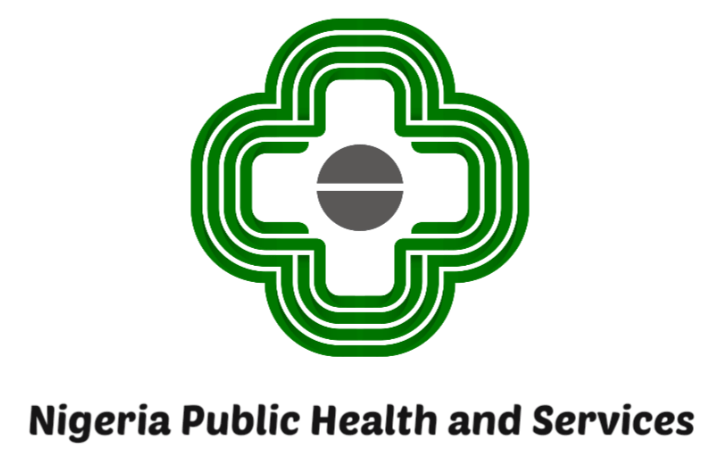Acanthosis Nigricans: An Informative Overview
Introduction
Acanthosis nigricans is a skin condition characterised by dark, thickened, velvety patches often found in body folds and creases such as the neck, armpits, groin, and sometimes the knuckles. It is considered more of a symptom than a disease itself and can indicate underlying health issues.
Conditions
Acanthosis nigricans commonly occurs in association with insulin resistance, obesity, and endocrine disorders. It can also be linked to certain medications, genetic factors, and, rarely, malignancies such as gastrointestinal cancers.
Symptoms
The primary symptom of acanthosis nigricans is the appearance of hyperpigmented, thickened, and velvety skin patches. These areas may be itchy or odourless and often develop gradually. The skin changes are most noticeable in areas such as body folds and creases.

Causes
The most common cause of acanthosis nigricans is insulin resistance, often seen in conditions like type 2 diabetes and obesity. High insulin levels stimulate skin cells to proliferate, leading to the characteristic thickened patches. Other causes include hormonal disorders (e.g., polycystic ovary syndrome), certain medications (such as corticosteroids and birth control pills), genetic syndromes, and, in rare cases, cancer.
Diagnosing
Diagnosis is primarily clinical, based on the appearance and distribution of the skin changes. A healthcare provider may inquire about personal and family medical history, especially regarding diabetes and obesity. In some cases, blood tests to check glucose and insulin levels or a skin biopsy may be performed to rule out other conditions.
Treatment
Treatment focuses on addressing the underlying cause. Improving insulin sensitivity through weight loss, diet, exercise, and management of diabetes can lead to improvement. Topical treatments like retinoids, keratolytics, or laser therapy may be used to improve the appearance of the skin. If medication-induced, changing or discontinuing the drug under medical advice might help.
Prevention
Preventing acanthosis nigricans largely involves managing risk factors such as maintaining a healthy weight, controlling blood sugar levels, and monitoring medication side effects. Early intervention in insulin resistance and metabolic disorders can reduce the risk of developing this condition.
Conclusion
Acanthosis nigricans serves as an important clinical clue to underlying health problems, particularly insulin resistance and endocrine disorders. Timely diagnosis and management of the root cause are essential for effective treatment and prevention of progression. If you notice unusual skin changes, consulting a healthcare provider is recommended for proper evaluation and care.
